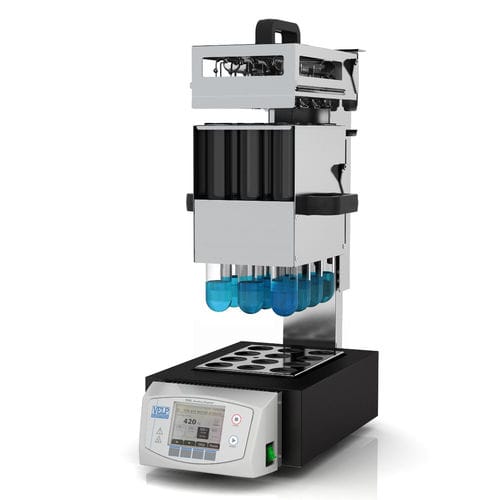
#Industry News
N/PROTEIN AND FIBER DETERMINATION IN BARLEY: HOW TO GUARANTEE A NUTRITIONALLY BALANCED FEED
Discover more on the nutritional properties of barley and how to determine n/protein and fiber to optimize livestock operations. Download the e-book with results on BIPEA proficiency testing sample.
Feed represents 70% of the costs of a livestock operation, therefore, knowledge of different nutritional alternatives (alternative cereals) is an essential tool to maintain the profitability of the system.
Feed is made up of many components, which are fats, oils, carbohydrates, protein, vitamins, minerals and product quality enhancement. In order to obtain a nutritionally balanced diet it is important to know in which amount these elements should be included in the diet, and in every single component of the feed, as for example, barley.
The importance of barley in relation to feed
Barley ranks fourth in importance among cereals, after wheat, corn and rice. It represents two-thirds of the fodder grains demanded by the world and most of it is used to feed livestock, with industrial consumption remaining practically stable.
Barley is considered a medium-energy grain, low in starch and high in fiber. Regarding protein levels, barley is similar to wheat and superior to corn, the level of this nutrient can vary between 9% and 12-13%.
It is an excellent source of some B vitamins (thiamine, riboflavin, pyridoxine, pantothenic acid) and niacin. Barley has a high fiber content, higher than that of corn and wheat, which results in a lower nutritional value for species sensitive to fiber content.
Barley is one of the grains most commonly used in feed for dairy cows and fattening cattle. Due to its high ruminal digestibility, barley has high metabolizable energy values for ruminants.
How to effectively determine the main feed parameters for barley
To determine the quantity of proteins it is possible to analyze the sample according to the Dumas method and the Kjeldahl method. Both are primary methods working in accordance to international standards such as AOAC, AACC, ASBC, ISO, IFFO, OIV.
To determine the fiber content, the different parts of the fiber contained in the sample of feed are evaluated: Crude Fiber, Neutral Detergent Fiber, Acid Detergent Fiber, Acid Detergent Lignin.
VELP developed advanced analytical solutions and instruments to determine these crucial parameters.
Proficiency Testing Programs organized by institutions like BIPEA allow the comparison of several laboratories’ results, in order to evaluate their analytical performance on the same homogeneous sample. By taking part in such programs on a regular basis, the performance of VELP instruments is constantly evaluated. Samples provided by BIPEA are analyzed in accordance with predetermined conditions and the obtained results are successfully compared with the given tolerance range.
Download the E-book
Find out more on barley and feed with the brand-new dedicated E-book. Read about protein and fiber determination comparing different methods, discover all the related results and the VELP solutions.







